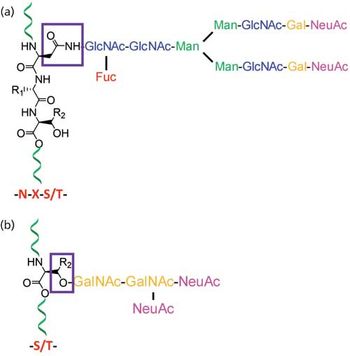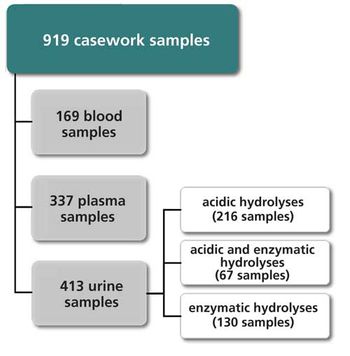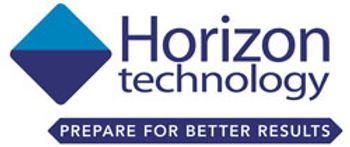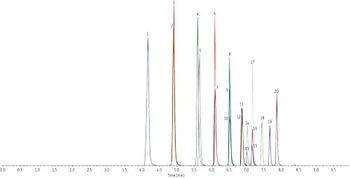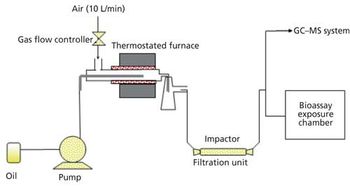
Special Issues
Under a suitable thermal oxidation regime, vegetable oils yield a mixture of volatile and semivolatile organics that exhibit very high antimicrobial activities against a variety of microbial species. Volatile and semivolatile products were characterized with GC–MS using electron ionization and chemical ionization. The thermal oxidation of vegetable oils resulted in the formation of an array of shortand medium-chain acids, aldehydes, and ketones that act synergistically to yield a potent antimicrobial disinfectant.

